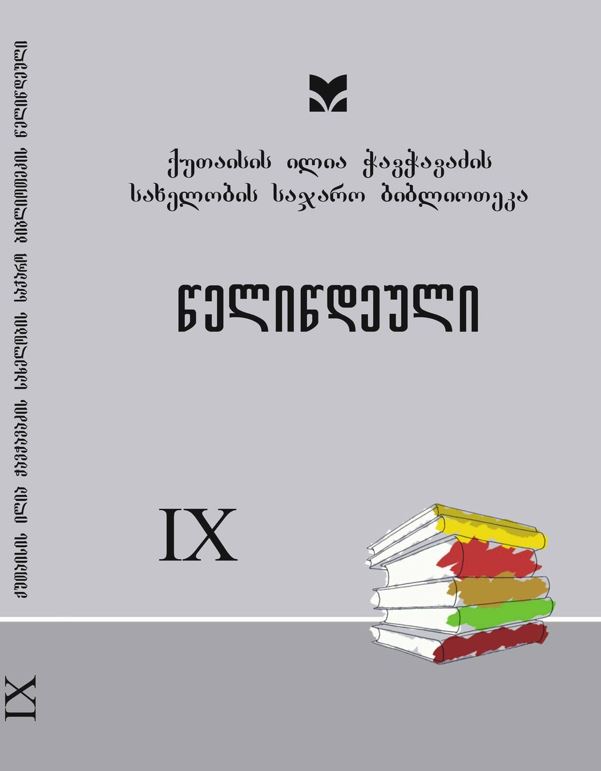ტრავმული ცნობიერება გივი გაბლიანის მოგონებაში
ანოტაცია
In Georgia, during great repressions, there was a purposeful “purge” of intelligensia. Among them was a member of federal party, an eminent activist of Georgian national liberation movement of 1921-1924, one of the leaders of the rebellion in Svaneti in 1921 alongside Nestor Gardapkhadze and Bidzina Pirveli and also a participant of the national rebellion in August 1924, the governor of Svaneti during Russian imperialistic domination and independence of Georgia, Egnate Gabliani.
Bolsheviks used his popularity and after establishing conciliatory policy with stubborn mountain dwellers, they sent him back to the highlands of Svaneti, this time as a deputy governor as the governor himself had to be a Bolshevik.
The government entrusted him to establish a historical-ethnographic museum in Mestia and supervise it. Egnate Gabliani’s main aim in life was to preserve invaluable icons, other treasures and historical-architectural monuments of Svaneti. It is a fact that Georgian kings trusted Svani people to protect this treasure for centuries.
This museum had a great scientific significance for Georgian researchers. Besides, Egnate Gabliani supervised the project of building the first road in Svaneti mountains.
While working in Svaneti Egnate Gabliani also took part in intensive archaeological excavations. At the same time, as a result of ethnological and historical research, he wrote a number of scientific works and was a member-correspondent of Petersburg Scientific Academy. He was a student of a famous professor, Niko Marr.
Bolshevik government reconciled with Egnate Gabliani, but he couldn’t escape Stalin’s “purge”: “In 1937, when my father was arrested, the Svani decided to attack the local prison and free my father, before he was taken to Tbilisi. I informed my father at once, but he turned down this plan and called it “madness”. He believed that his arrest was a mistake and the central authorities would soon acquit and free him”.
Due to his father repression, Givi Gabliani had to emigrate, but all his life he carried his father’s icon. In his book “My memorial” he depicted a lot of characteristic episodes from his father’s, Egnate Gabliani’s life.




